Battlefleet Gothic: Armada (Video Game)

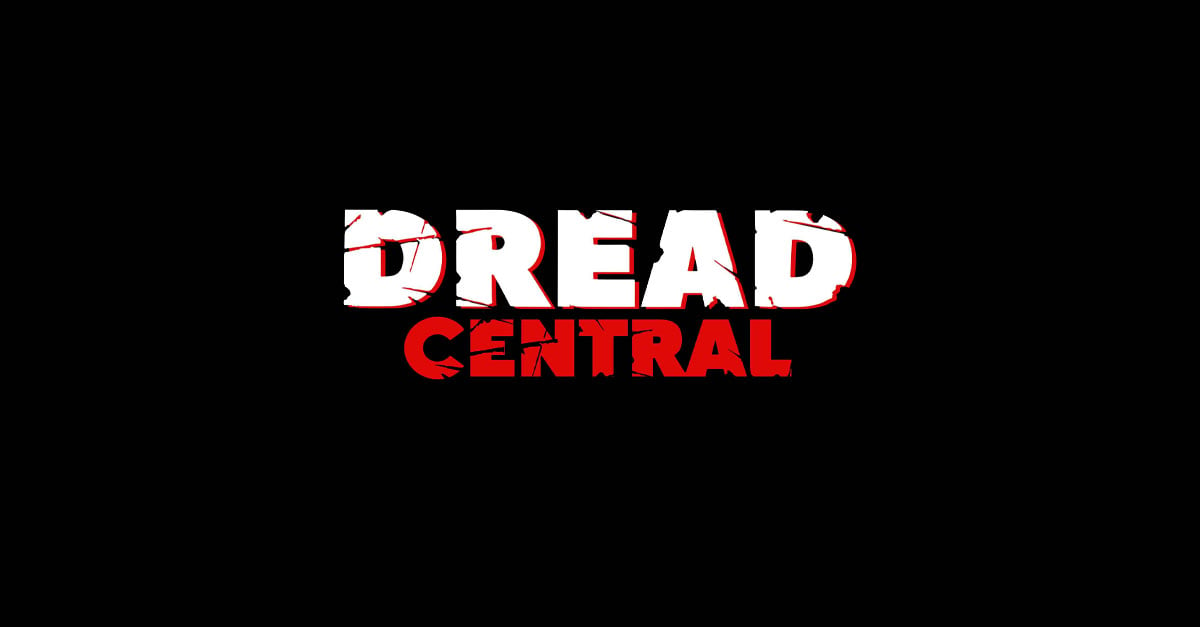 Developed by Tindalos Interactive
Developed by Tindalos Interactive
Available on PC through Steam
Suitable for ages 13+
In all its various game adaptations—be it board, video, or tabletop—the Warhammer 40k universe has never really been done true justice. In the grimdark future of the 41st Millennium, billions of lives are sacrificed in countless conflicts across thousands of worlds. Planet-sized organisms full of ravenous space bugs devour entire galaxies, towering demons spew forth from the crackling warp, infestations of ravenous greenskins endlessly plague any world touched by their blight, and conniving space elves make a mess of things. Standing against the innumerable hordes are humanities champions, which in past games have basically always meant the Space Marines. Often forgotten are the ordinary men who fight valiantly (and often against their own will) and give their lives by the billions. It sounds kinda shitty, but when the alternative is having your blood drained through your eyes by a hideous space monster, it’s the lesser of two evils.
Portraying that scale of destruction is difficult. Even the Dawn of War series, which I have sunk well over 800 hours into, falls short of depicting just how massively bloody and ruthless the universe is. It’s also a big narrative challenge when the good guys are the ones executing their own just to make everyone else fight harder. I’m sorry, but as much as I thought Space Marine was a fun game, there’s no way in hell that an Ultramarine captain would take the time to even look at a Guardsman, much less actually try to help them.
Realize how incredibly high praise it is when I say that Battlefleet Gothic: Armada might be the most faithful video game incarnation of the Warhammer 40k universe to date. The game never ceases to remind you that billions of lives are on the line every battle. There’s a great moment where the leader of the Inquisition just casually explains to you that sometimes turning a whole planet to ash is the only option. Your whole justification for murdering fleets of Eldar Corsairs is basically, “Aliens can go suck it.” This is the grimdark that fans of the universe have been asking for.
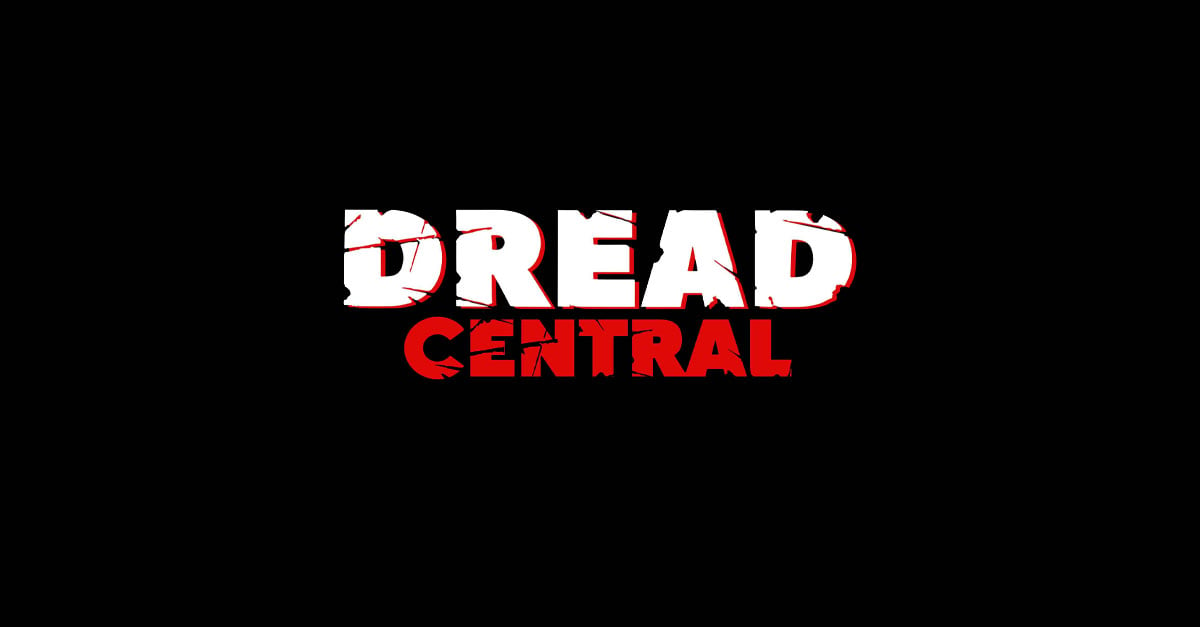
Nothing says grimdark like a mechanical floating skull holding your list of prayers while you sit on your throne, also made of skulls.
Battlefleet Gothic: Armada, like most of the other Warhammer 40k titles, is actually based on a board game. Not that you could ever tell. Like Dawn of War, it uses the source material as an inspiration to do its own thing. There are no dice to roll here, which is perfect. I really don’t like the straight board game adaptations like Space Hulk or Armageddon. If I wanted to play the tabletop, I would be. Not surprisingly, rolling some dice to see if my armor save was successful just doesn’t get my dick hard like shoving a chainsword down an Ork’s throat.
Or, as the case is in Battlefleet Gothic: Armada, vaporizing some heretics with a volley of plasma. Sure, it’s not quite visceral, but the slower pace of Armada hits a sweet spot. Overall, battles take time, with the lumbering ships trading dozens of volleys before one comes out on top. There are still tons of decisions to make in the heat of battle, with tactical high energy turns and well placed missile volleys just as important as fleet positioning. Spinning around, burning your thrusters, and getting out of the blast zone of a plasma bomb can easily be the difference between winning and losing. It’s certainly not the twitch micromanagement of Starcraft, but it’s still uniquely fast-paced for a game that’s basically about space boats.
And how glorious those space boats are. For those of you unfamiliar with the universe, Imperial ships are basically cities, warmachines, and cathedrals all packed into one. The level of detail Tindalos put into designing these ships reflects the intricate miniatures they are based on. Even before the Macro-Batteries and Lance Cannons start firing, watching your fleet warp into battle is epic.

The inquisition has judged your battleship, and decided that it has not nearly enough spikes on it. We shall rectify this problem.
Not that you have to play as the Imperial Navy. Presently, there are four playable races, with the Space Marines being added as DLC in a few weeks. In everything but the main campaign, you are free to pick between the Eldar, Chaos, Ork, and Imperial fleets. In terms of variety, this is about as asymmetric as strategy games come. Imperial ships are the most well rounded, balancing good frontal armor and heavy broadside cannon volleys. Chaos ships are less robust, but make up for it with powerful ranged weaponry and plenty of stealth options. The Eldar are perhaps the most unique and complicated, favoring heavy hit and run tactics and shieldless ships with incredibly high mobility. Orks like smashing stuff, and build their ships accordingly.
For a game this widely varied, it amazes me how balanced it all is. I initially thought the Ork ramming charges to be unstoppable, until I mixed up my loadouts and figured out how to keep my distance. I think a lot of players are going to gravitate towards the Eldar’s incredibly powerful Prow Pulsars, which is fine with me, since my Terminator strikes are going to destroy their unshielded asses. It’s the mark of a balanced game when you are constantly getting your shit wrecked and declaring yet another team to be overpowered, only to get crushed again when you try it yourself.
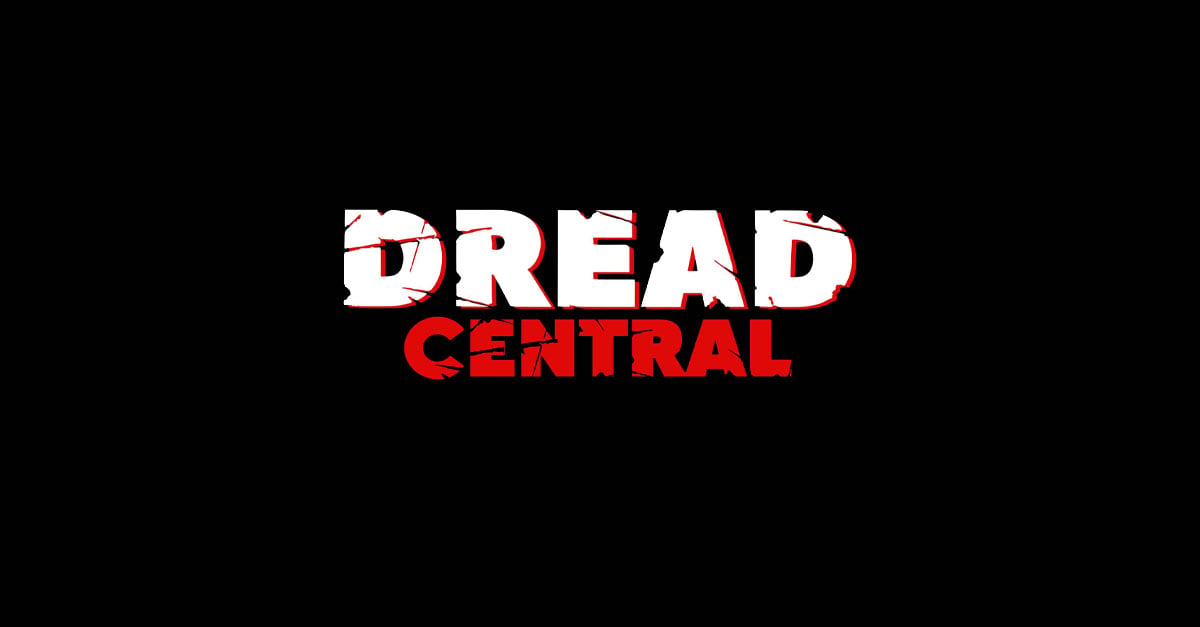
I care about some actual blood relatives less than I do about my virtual fleet.
As the fundamentals for a great game, Battlefleet Gothic: Armada succeeds. Everything at the core is good. Unfortunately, the rest of the elements are too weak to bring it up past good. The campaign is the biggest offender here. The best part of it is the tone. Abaddon has a hankering for a good ol’ genocide against mankind, and so launches the 12th Black Crusade. The Gothic Sector, whose battlefleet you are in charge of, is positioned right next to the chaotic Eye of Terror, so is first on Abaddon’s chopping block. It’s up to you to make sure that doesn’t happen while also suppressing Orks, Eldar, and the occasional seditious system.
It does a good job of putting your back against the wall. There’s not enough actions in the turn to take out every threat, so the best you can hope to do is hold back the tide until you are powerful enough to defeat Abaddon. If left unchecked, Chaos, Eldar, and Ork alike will grow stronger, eventually overwhelming your ability to deal with them. It’s more of a constant pruning than a war. Leave a system in enemy hands for too long, and the Inquisition will Exterminatus the shit out of it, destroying the planet and preventing you from reclaiming it.
I know it doesn’t sound bad, but in practice it’s a slog. In order to defend/retake a planet, you’ll be assigned randomly one of seven different mission types, which range from balls-crushingly hard, to your sister after a single glass of wine easy. If you are assigned a defensive Breakthrough mission against an Eldar fleet, god help you, because their Pulsars can wipe out a space station in a single volley. On the flip side, not only did I never lose a single Cruiser Clash, I never lost a single ship in one. I was playing on hard, too. Some reviewers have painted the game as “difficult,” but that’s only because some of the mission types are utterly bullshit.
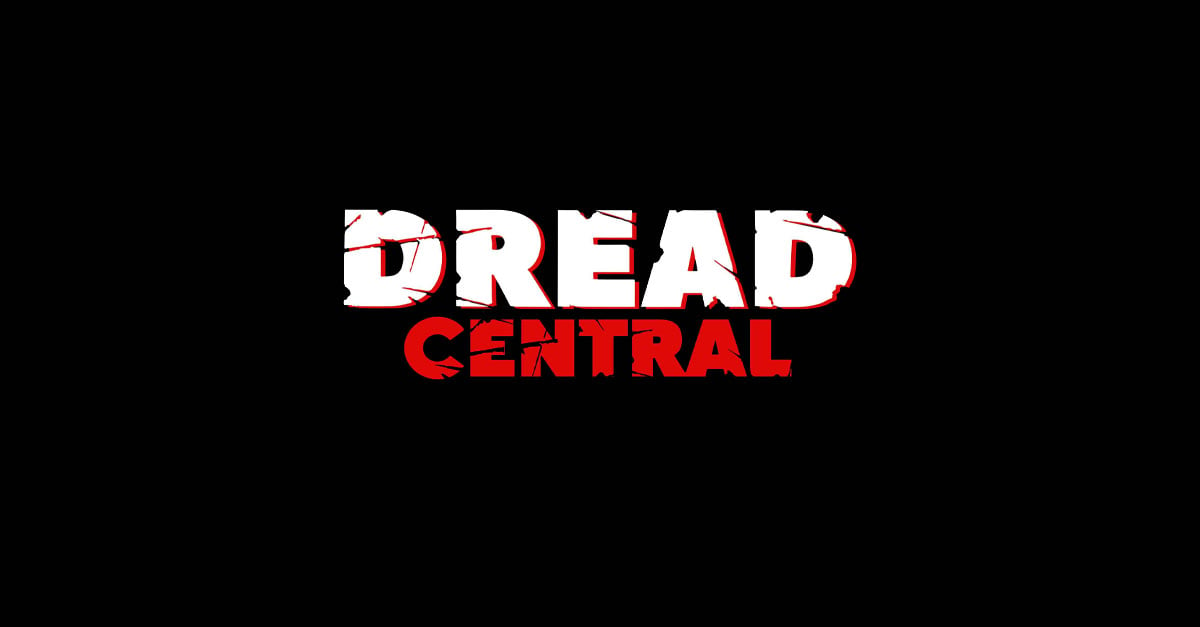
This little asshole ran around the map for 3 straight minutes before my Terminators managed to turn his engines off.
For all that the narrative does to make the world feel alive, it isn’t reflected in the campaign’s mechanics. As the leader of the Battlefleet Gothic, you’re just a cog of a larger Imperial machine. Fighting by your side are the Space Marines, Inquisition, Adeptus Mechanicus, and Imperial Navy, all of which you can attempt to curry favor with by assisting them in missions. Unfortunately, these missions occur randomly, and far too infrequently to be a major part of the game. The reward for helping them is reduced price on their “favors,” which are basically just large upgrades that paint your ship a different color. The favors are useful, but the experience of assisting a specific faction is hollow. By the time you reach Turn 20, you’ll have more resources than you know what to do with, making the cost reduction a wasted effort.
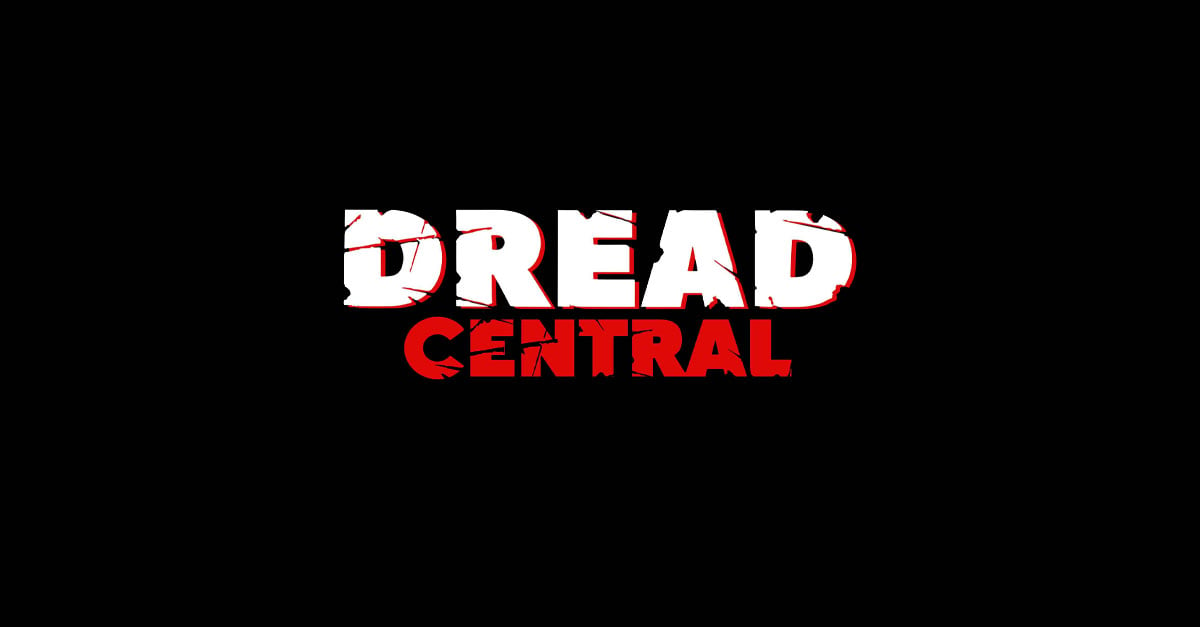
Aside from an obsessive need to get a perfect score, there’s nothing to make you care about what happens to the little floating specs of space numbers.
There were several parts in the campaign that didn’t work as intended. You eventually fight massive named ships, each representing one of the four Chaos Gods, and will require the concerted effort of your whole fleet to bring down. They are supposed to give you 500 Favor each (the game’s version of money), but I have yet to receive this upon taking one out. Similarly, upon assisting one of the factions for the first time, the faction leader says something about sending people to assist you, which bizarrely enough is not what happens. As I mentioned before, the only benefit is a cost reduction, so why is this Space Marine telling me that there’s a squad of his finest waiting for me at Port Maw? It seems like they initially had a grander idea for how these interactions would work that somewhere got cut, but left behind these odd little scraps.
It’s also worth mentioning that the game is incredibly buggy. In the review copy I was sent, several features were missing. This isn’t going to mean a lot to regular players, but it was incredibly sloppy and threw much of my review details off. Now that the full retail game is in my library, I’m plagued by lengthy load times and the occasional crash. It’s always a bitch when a game gets pissy every time you alt+tab to load up a new YouTube video.
I really love the framework they made with Battlefleet Gothic: Armada. They nail the tone, and it’s well reflected in the asymmetrical playstyles of the teams. Unfortunately, the care they put into the combat wasn’t put into the missions and campaign mechanics. I’m sure the multiplayer is fine, but for a mostly single-player gamer like myself, it’s a letdown. For all I love about the aesthetic, I can’t deny that actually trying to make it through the game is tedious. I’m sure that with continued updates and support, it could all shape up much better. As for now, it’s good, but falls short of real greatness.
-
Game
Categorized:Reviews

